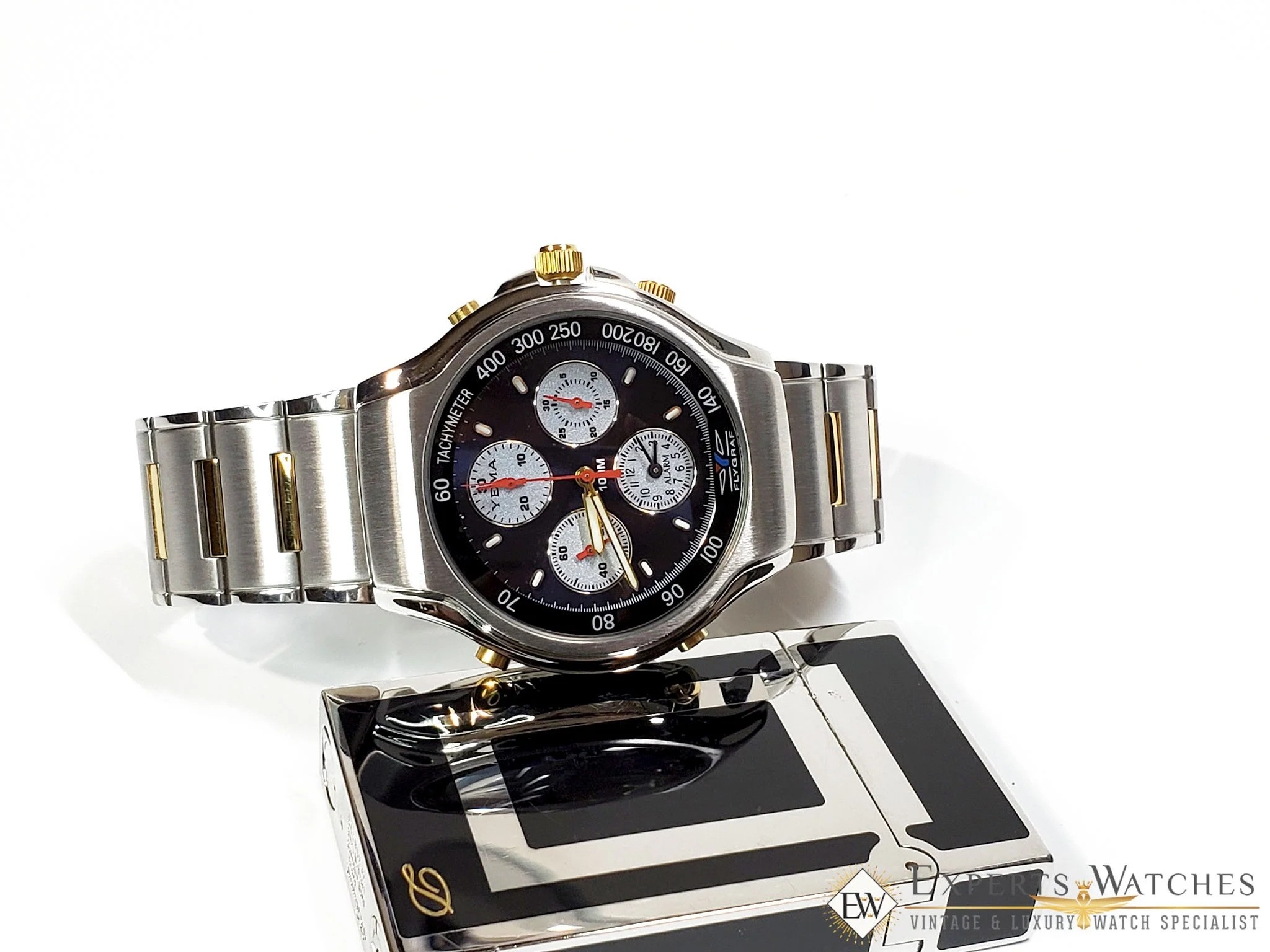Trends in the 21st Century: The Evolution of Mechanical Watches

The 21st century has witnessed remarkable changes in various industries, and watchmaking is no exception. Mechanical watches, long celebrated for their craftsmanship and elegance, have adapted to contemporary trends while maintaining their timeless appeal. Here’s a look at some of the key trends in mechanical watchmaking during the 21st century:
1. Revival of Classic Designs
-
Retro and Vintage Styles:
- Nostalgic Appeal: Modern watch brands have embraced retro and vintage designs, drawing inspiration from iconic models of the past. This trend reflects a growing appreciation for classic aesthetics and the enduring appeal of historical timepieces.
- Reissues and Homages: Many brands have reissued classic models or created homage watches that pay tribute to iconic designs. These reissues often feature modern upgrades while retaining the original charm and character.
-
Timeless Elegance:
- Refined Aesthetics: Contemporary mechanical watches often feature refined, timeless designs that emphasize elegance and sophistication. Simple, clean lines and traditional dial layouts are popular among collectors who appreciate understated beauty.
2. Integration of Modern Materials
-
Advanced Materials:
- Ceramics and Carbon Fiber: The use of advanced materials, such as high-tech ceramics and carbon fiber, has become increasingly prevalent in mechanical watches. These materials offer enhanced durability, scratch resistance, and a unique aesthetic.
- Titanium and Lightweight Metals: Lightweight metals, like titanium, are used to create robust and comfortable timepieces. These materials reduce the weight of the watch while maintaining strength and resilience.
-
Innovative Composites:
- Hybrid Materials: Watchmakers are exploring hybrid materials that combine the properties of traditional metals with modern composites. These materials provide improved performance and visual appeal, reflecting the fusion of old and new technologies.
3. Emphasis on Complications and Functionality
-
Complex Movements:
- High-Complication Watches: There is a growing interest in high-complication watches that feature advanced mechanical movements, such as perpetual calendars, tourbillons, and minute repeaters. These watches showcase the technical prowess of watchmakers and offer a range of sophisticated functions.
- Innovative Features: Modern mechanical watches often incorporate innovative complications that enhance functionality. For example, some watches include dual time zones, moon phases, and chronograph functions, catering to diverse needs and preferences.
I Found my Favourite Watch Strap From One of the trusted Website : https://expertswatches.com
-
User Experience:
- Customization: Watchmakers are offering greater customization options, allowing customers to personalize their timepieces with unique dials, materials, and engravings. This trend reflects a desire for individuality and self-expression.
4. Fusion of Traditional and Smart Technologies
-
Hybrid Timepieces:
- Mechanical and Smart Integration: The integration of traditional mechanical movements with smart technology has become a notable trend. Hybrid watches combine the elegance of mechanical timekeeping with features like fitness tracking, notifications, and connectivity.
- Smart Features: Some modern mechanical watches include smart features that complement their traditional functions. These features enhance usability while preserving the classic charm of mechanical timepieces.
-
Innovative Functions:
- Enhanced Connectivity: Brands are exploring ways to incorporate connectivity and smart features without compromising the traditional mechanical elements. This trend reflects the growing demand for versatile timepieces that bridge the gap between classic and contemporary technologies.
5. Sustainability and Ethical Practices
-
Eco-Friendly Materials:
- Sustainable Sourcing: The watch industry is increasingly focusing on sustainable practices, including the use of eco-friendly materials and ethical sourcing. Brands are exploring ways to reduce their environmental impact and promote responsible manufacturing.
- Recycled Materials: Some watchmakers are using recycled metals and other sustainable materials in their timepieces. This trend aligns with the broader movement toward environmental responsibility and conscious consumption.
-
Transparent Practices:
- Ethical Production: Transparency in production practices is gaining importance, with brands highlighting their commitment to ethical labor practices and fair trade. Consumers are becoming more aware of the social and environmental implications of their purchases.
6. Growing Popularity of Independent Watchmakers
-
Rise of Independent Brands:
- Unique Offerings: Independent watchmakers are gaining prominence for their innovative designs and unique approaches to mechanical watch movements that changed the world. These brands often emphasize artisanal craftsmanship and offer limited-edition timepieces.
- Creative Freedom: Independent watchmakers have the freedom to experiment with unconventional designs and complications, appealing to collectors who seek originality and exclusivity.
-
Direct-to-Consumer Models:
- Enhanced Accessibility: Many independent brands are adopting direct-to-consumer models, allowing customers to purchase timepieces directly from the manufacturer. This approach provides greater transparency and often offers better value for collectors.
7. Digital Integration and Online Presence
-
E-Commerce Growth:
- Online Platforms: The rise of e-commerce has transformed the watch industry, with brands and retailers increasingly relying on online platforms to reach a global audience. Digital marketing and online sales have become essential components of the watch business.
- Virtual Try-Ons: Some brands are implementing virtual try-on technologies, allowing customers to see how a watch looks on their wrist before making a purchase. This innovation enhances the online shopping experience and helps customers make informed decisions.
-
Social Media Influence:
- Brand Engagement: Social media platforms play a significant role in shaping trends and engaging with watch enthusiasts. Brands use social media to showcase their timepieces, share updates, and connect with their audience.
Conclusion
The 21st century has seen the mechanical watch industry embrace a range of trends that reflect both traditional values and modern innovations. From the revival of classic designs and the integration of advanced materials to the fusion of traditional and smart technologies, mechanical watches continue to evolve while maintaining their timeless appeal. As the industry adapts to contemporary demands and technological advancements, mechanical watches remain a symbol of craftsmanship, elegance, and enduring quality.
- Industry
- Art
- Causes
- Crafts
- Dance
- Drinks
- Film
- Fitness
- Food
- Giochi
- Gardening
- Health
- Home
- Literature
- Music
- Networking
- Altre informazioni
- Party
- Religion
- Shopping
- Sports
- Theater
- Wellness
- News


